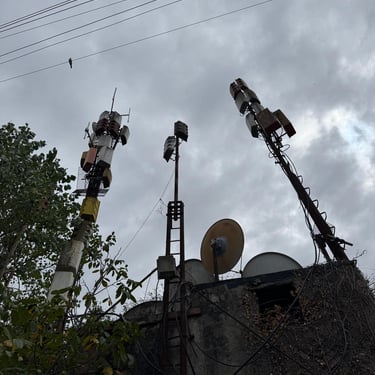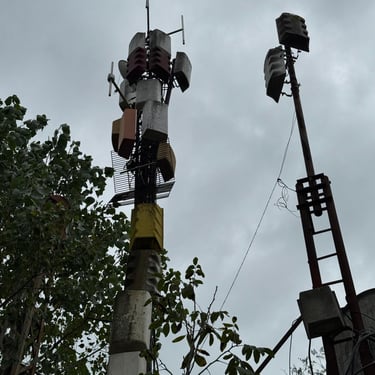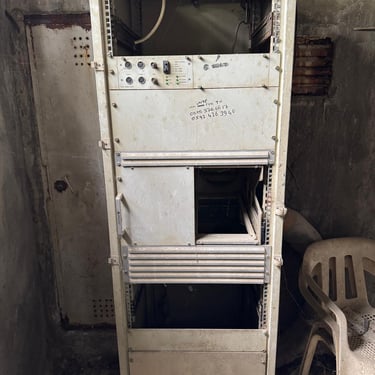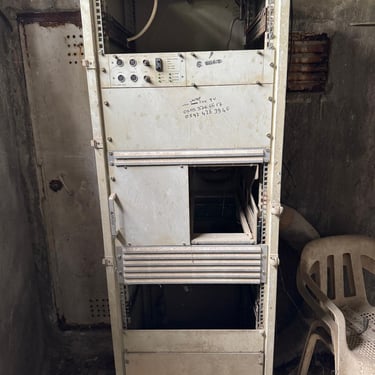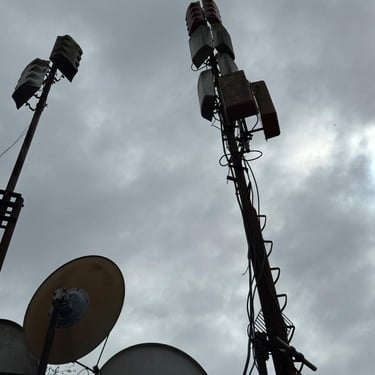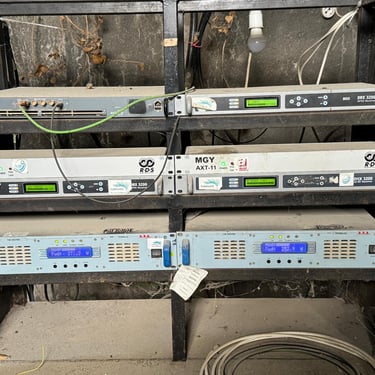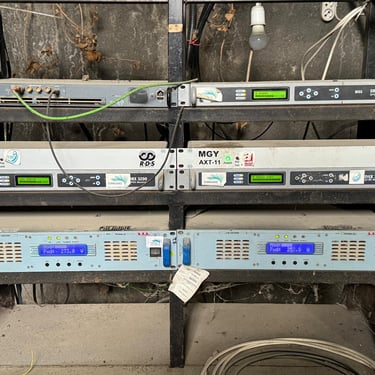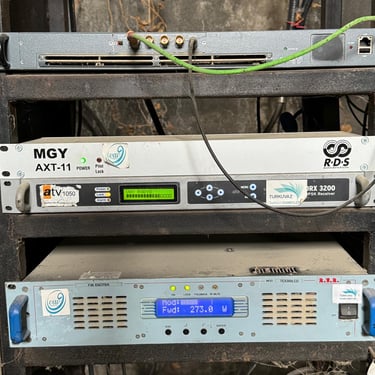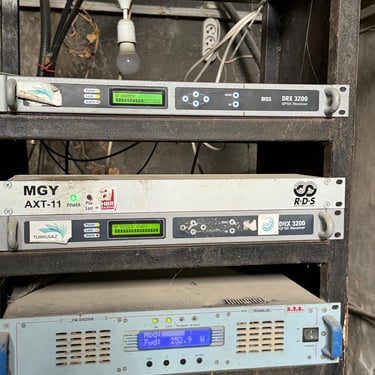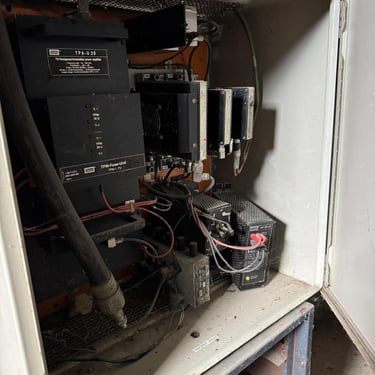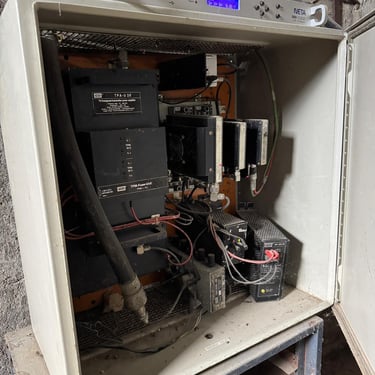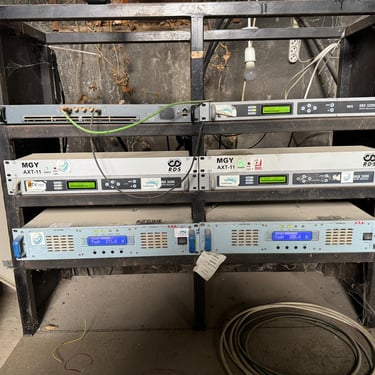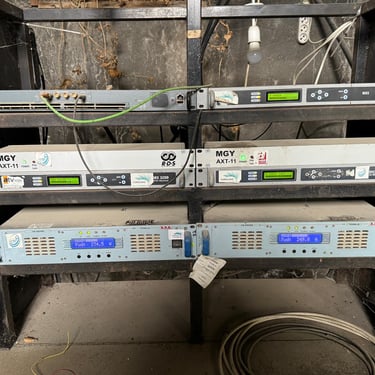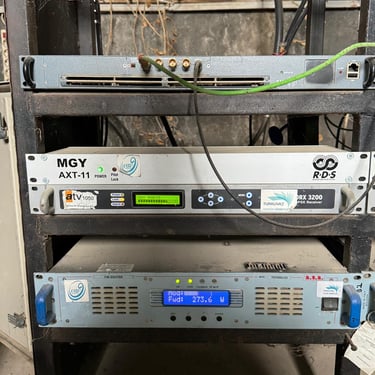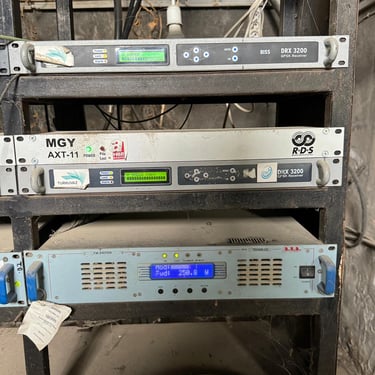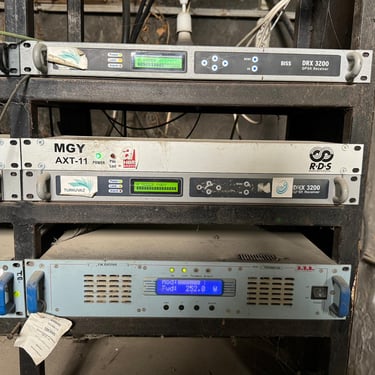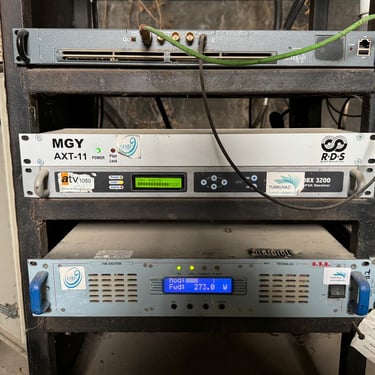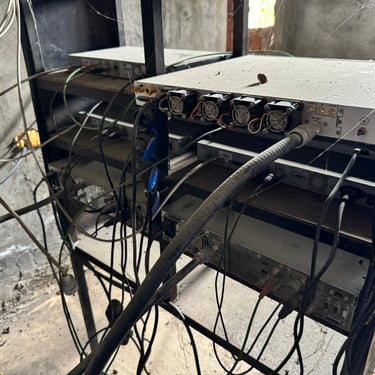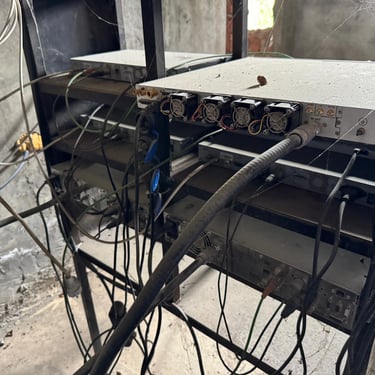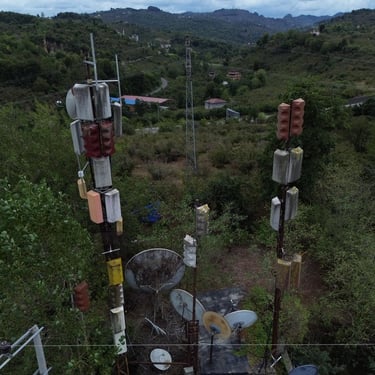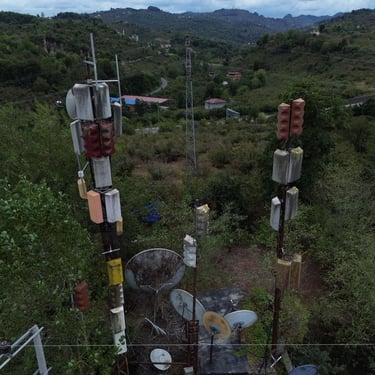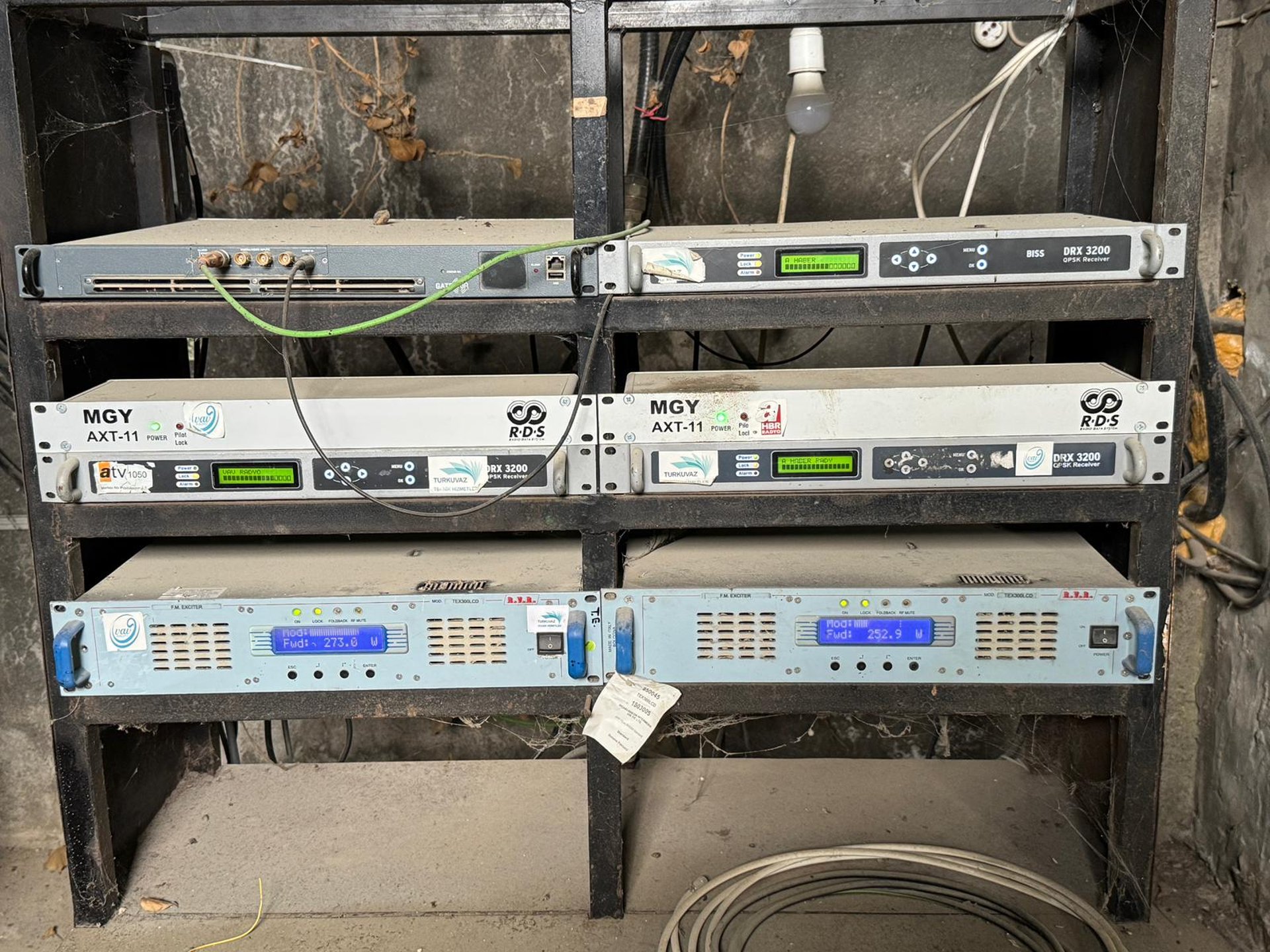
Television Transmitters
Technical Overview of Terrestrial Television Transmitters
AYBERK BLOG
Technical Overview of Terrestrial Television Transmitters
Introduction
Terrestrial television broadcasting remains one of the most widely used methods for delivering free-to-air television content to the public. Despite the growth of satellite, cable, and IP-based streaming platforms, terrestrial transmitters play a crucial role in public broadcasting due to their wide coverage, cost efficiency, and ability to reach remote areas. This technical article provides a comprehensive overview of terrestrial TV transmitters, focusing on their components, transmission standards, modulation techniques, and operational principles.
1. System Architecture of Terrestrial TV Transmission
A typical terrestrial broadcasting system consists of the following core components:
Studio and Content Source
Studio Transmitter Link (STL)
Main Transmitter Station
Antenna System
Repeaters and Gap Fillers (optional)
1.1 Transmitter Station Components
The transmitter station is responsible for modulating the television signal and radiating it through an antenna. It includes:
Exciter: Generates and modulates the RF signal with the encoded audio/video content.
RF Power Amplifier: Increases the power of the modulated signal to the desired transmission level.
Filter Unit: Ensures the spectral purity of the signal, preventing out-of-band emissions.
Combiner (if multiple channels are used): Combines multiple RF signals into a single transmission line.
Antenna Feeder System: Transmits the RF signal from the transmitter to the antenna array.
2. Frequency Bands
Terrestrial television operates primarily in the VHF (Very High Frequency) and UHF (Ultra High Frequency) bands.
BandFrequency RangeUsageVHF Band I47 – 68 MHzLegacy analog systemsVHF Band III174 – 230 MHzDAB and some DVB-TUHF Band IV/V470 – 862 MHzPrimary band for DVB-T/DVB-T2
3. Transmission Standards
3.1 Analog (Obsolete in Most Regions)
PAL / NTSC / SECAM: Analog video modulation standards.
AM-VSB / FM: Used for video and audio carrier modulation.
3.2 Digital Terrestrial Television (DTT)
Modern broadcasting has transitioned to digital formats with the following standards:
StandardRegionModulationFeaturesDVB-T / DVB-T2Europe, AsiaCOFDMMPEG-2 / H.264 / HEVC encodingATSC / ATSC 3.0North America8-VSB / OFDMIP-based delivery, UHD supportISDB-TJapan, BrazilBST-OFDMEmergency alert support, mobile TV
4. Modulation Techniques
Digital terrestrial transmission requires robust modulation to combat multipath interference and channel fading.
COFDM (Coded Orthogonal Frequency Division Multiplexing): Used in DVB-T/T2 and ISDB-T, COFDM splits the signal into many narrowband carriers, each modulated independently (e.g., QPSK, 16-QAM, 64-QAM, 256-QAM).
8-VSB (8-Level Vestigial Sideband Modulation): Used in ATSC; suitable for fixed reception but less robust in mobile environments.
5. Coverage and ERP (Effective Radiated Power)
Transmitter power and antenna gain determine the Effective Radiated Power (ERP), which affects coverage area.
Low-power transmitters (<1 kW ERP): Local or community broadcasting.
Medium-power transmitters (1–10 kW ERP): Regional coverage.
High-power transmitters (>10 kW ERP): National networks.
Coverage also depends on antenna height, terrain, frequency, and environmental conditions.
6. Repeaters and Gap Fillers
To ensure coverage in shadowed or mountainous areas, repeaters and gap fillers are used. These devices:
Receive the main signal off-air
Re-amplify and retransmit it
May operate on the same frequency (SFN – Single Frequency Network) or a different one (MFN – Multi Frequency Network)
7. SFN vs MFN
Single Frequency Network (SFN): Multiple transmitters operate on the same frequency, synchronized using GPS or time-stamp data. Efficient use of spectrum.
Multi Frequency Network (MFN): Each transmitter uses a separate frequency; easier to manage interference but less spectrum efficient.
8. Monitoring and Control
Modern transmitter systems feature remote monitoring and control via SNMP or proprietary software. Key parameters monitored include:
Output Power
Temperature
VSWR (Voltage Standing Wave Ratio)
Signal Quality (MER, BER)
Conclusion
Terrestrial TV transmitters remain a vital part of broadcast infrastructure worldwide. With advancements such as DVB-T2, ATSC 3.0, and IP-based broadcasting, terrestrial systems continue to evolve, offering high-quality digital content with enhanced robustness and efficiency. Despite growing internet-based solutions, terrestrial broadcasting remains indispensable, particularly for public service media, emergency communication, and universal access.
